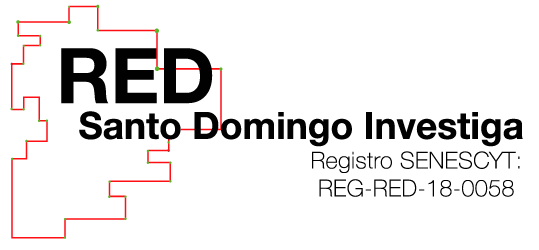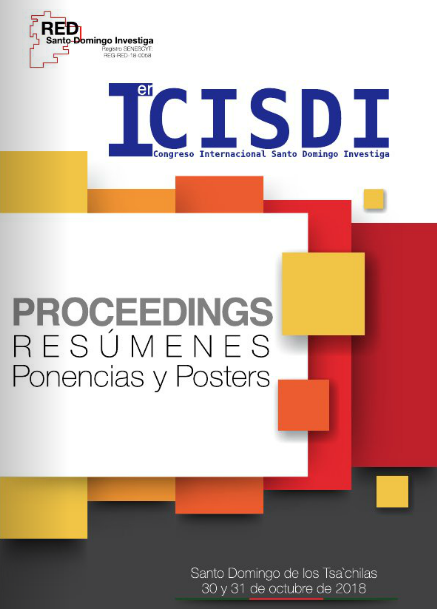RESUMEN
La preparación y por ende el consumo de alimentos de rápida preparación se ha convertido en un hábito alimenticio para gran parte de la sociedad, la falta de concientización en las personas dedicadas a esta actividad, incita la reutilización un sinnúmero de veces convirtiéndose en un problema para la seguridad alimentaria, por otro lado, la elevada producción de residuos de aceites usados se ha convertido en factor de contaminación, siendo el reciclaje la alternativa adecuada para mitigar problemas ambientales, por lo que se planteó como objetivos: Evaluar las características del aceite reciclado para la elaboración de derivados industriales, estudiar la influencia del grado de saturación del aceite de acuerdo al número de frituras realizadas e identificar el uso del aceite reciclado de acuerdo al número de frituras y el tipo de alimento preparado. El estudio se realizó comparando la calidad de aceites de un solo uso, producto de la fritura de papas, chifles y empanadas de harina versus el aceite utilizado varias veces con los mismos productos, a través de análisis de laboratorio de determinaron variables como; Índice de acidez, contenido de ácidos grasos libres y humedad e índice de saponificación. Dando como resultado que luego de la primera fritura todos los aceites pasan el límite permitido de índice de acidez (0,2); la fritura de papas es la acción que más afecta en este parámetro alcanzando diferencias significativas respecto a los demás, obteniendo índices de 0,64 en una fritura y de 2,44 en varias; la acidez alcanza valores estadísticamente diferentes entre sí, el aceite de la fritura de papas fritas en varias ocasiones alcanza acidez de 1,09 siendo esta mayor y estadísticamente diferente a los demás, el porcentaje de humedad también se ve afectado, este es mayor en varias frituras de papas y empanadas con valores de 4,71% y 4,94% respectivamente. Se demostró que todos los aceites luego del primer uso sobrepasan los rangos de calidad permitidos, el aceite reutilizado en la fritura de papas es el de peor calidad respecto a los demás. Para la industrialización el índice de saponificación en el aceite producto de una sola fritura de chifles y empanadas requieren menor cantidad de hidróxido de potasio (140,25 y 148,56 mg/g respectivamente), el aceite residual de papas fritas requiere valores similares sin importar el tiempo de uso (153 mg/g), siendo posible la reutilización del aceite sin inconveniente alguno en la elaboración de derivados industriales (jabones, velas etc).
Palabras Clave:
Aceite reutilizado, calidad, reciclaje, industrialización
Abstract
Preparing and therefore consuming fast-prepared foods has become a food habit for much of society, the lack of awareness in the people engaged in this activity, encourages the reuse countless times becoming a problem for the food safety, on the other hand, the high production of waste from waste oils has become a factor of contamination, recycling being the right alternative to mitigate environmental problems, so it was set as objectives: Assess the characteristics of recycled oil for the production of industrial derivatives, study the influence of the degree of saturation of the oil according to the number of fryings performed and identify the use of recycled oil according to the number of fryings and the type of food prepared. The study was carried out comparing the quality of single-use oils, the product of potato frying, chifles and flour empanadas versus the oil used several times with the same products, through laboratory analysis determined variables such as; Acidity index, free fatty acid content and moisture and saponification index. Giving as a result, after the first frying of all oils pass the allowed acidity index limit (0.2); potato frying is the most affecting action in this parameter, reaching significant differences from others, obtaining indices of 0.64 in a frying and 2.44 in several; acidity reaches statistically different values, the oil of frying fries on several occasions reaches acidity of 1.09 being this greater and statistically different from the others, the percentage of humidity is also affected, this is higher in several potato fryers and empanadas with values of 4.71% and 4.94% respectively. It was shown that all oils after first use exceed the permitted quality ranges, the oil reused in the frying of potatoes is the worst quality compared to others. For industrialization the saponification rate in the oil product of a single fry chifles and empanadas require less potassium hydroxide (140.25 and 148.56 mg/g respectively), the residual oil of chips requires similar values regardless of time of use (153 mg/g), it is possible to reuse the oil without any inconvenience in the production of industrial derivatives (soaps, candles etc).
Key Words:
Reused oil, quality, recycling, industrialization.














